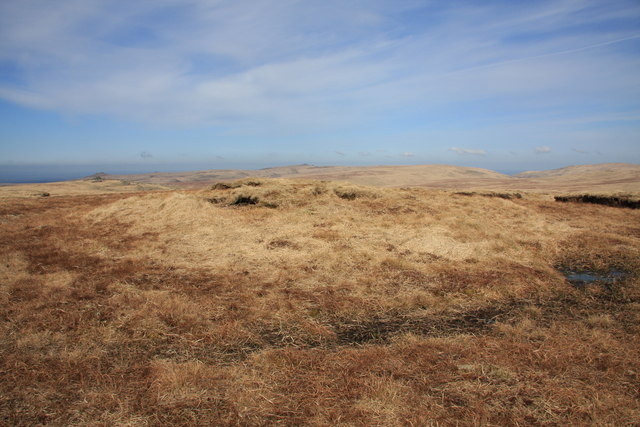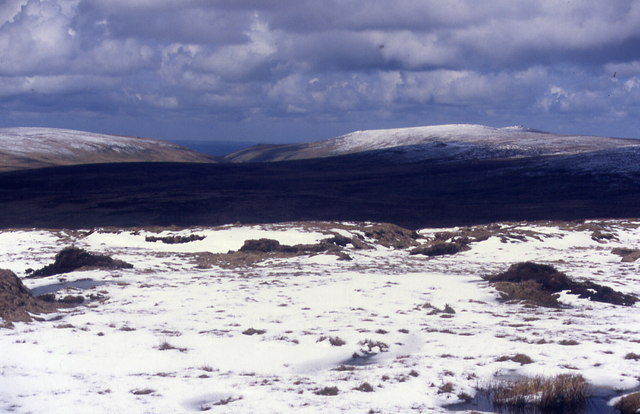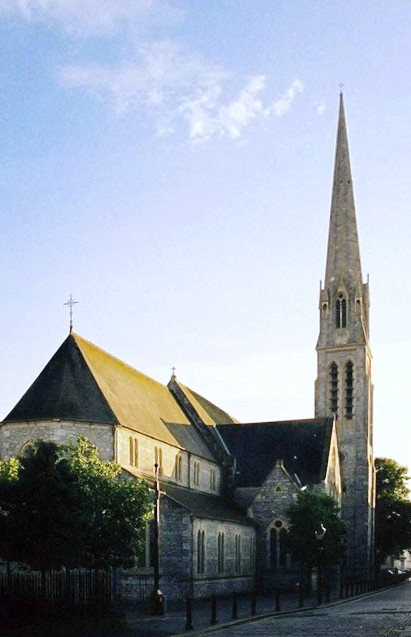Flat Tor
Hill, Mountain in Devon West Devon
England
Flat Tor
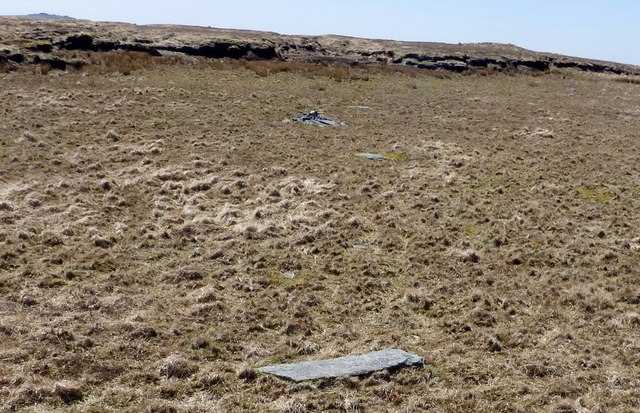
Flat Tor is a prominent hill located in the county of Devon, England. Situated in the Dartmoor National Park, it forms part of a picturesque landscape that is renowned for its natural beauty and diverse wildlife. Despite its name, Flat Tor is not entirely flat but rather displays a gently rounded summit, offering visitors stunning panoramic views of the surrounding moorland.
Standing at an elevation of approximately 398 meters (1,306 feet), Flat Tor attracts hikers, nature enthusiasts, and photographers alike. Its accessibility and moderate difficulty level make it a popular destination for outdoor activities. The hill features a well-defined footpath that leads to the summit, ensuring a pleasant and safe trek for visitors.
The vegetation on Flat Tor mainly consists of grasses, heather, and gorse, interspersed with granite outcrops that add to its rugged charm. The area is home to a variety of bird species, including the iconic Dartford warbler, as well as other wildlife such as deer and ponies, which can often be spotted grazing on the lower slopes.
Flat Tor offers a sense of tranquility and solitude, providing an ideal escape from the hustle and bustle of daily life. The hill's natural beauty, combined with its historical significance, attracts visitors seeking a deeper connection with nature and a glimpse into the region's past.
In summary, Flat Tor is a beautiful hill in Devon's Dartmoor National Park, offering breathtaking views, varied flora and fauna, and a peaceful retreat for those seeking solace in nature.
If you have any feedback on the listing, please let us know in the comments section below.
Flat Tor Images
Images are sourced within 2km of 50.617023/-3.9677602 or Grid Reference SX6081. Thanks to Geograph Open Source API. All images are credited.


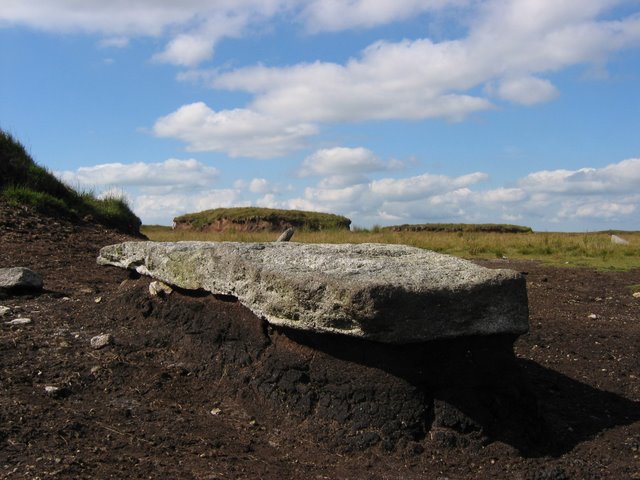
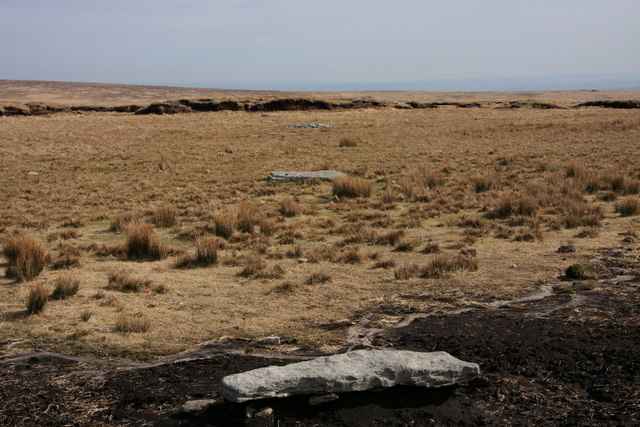

Flat Tor is located at Grid Ref: SX6081 (Lat: 50.617023, Lng: -3.9677602)
Administrative County: Devon
District: West Devon
Police Authority: Devon and Cornwall
What 3 Words
///leaned.tinny.meant. Near Princetown, Devon
Nearby Locations
Related Wikis
Dartmoor Forest
Dartmoor Forest is a civil parish in Devon, England. It was formed in 1987 by the splitting of the former parish of Lydford. It covers about 56,000 acres...
Roman Catholic Diocese of Plymouth
The Diocese of Plymouth(Latin: Dioecesis Plymuthensis) is a Latin Church diocese of the Catholic Church in England. The episcopal see is in the city of...
Grey Wethers
Grey Wethers consists of a pair of prehistoric stone circles, situated on grassy plateau to the north of Postbridge, Dartmoor, in the United Kingdom....
Devonport Leat
The Devonport Leat is a leat in Devon constructed in the 1790s to carry fresh drinking water from the high ground of Dartmoor to the expanding dockyards...
Nearby Amenities
Located within 500m of 50.617023,-3.9677602Have you been to Flat Tor?
Leave your review of Flat Tor below (or comments, questions and feedback).








